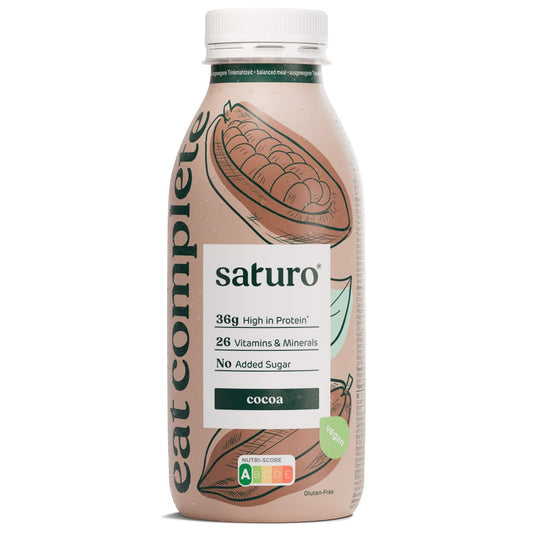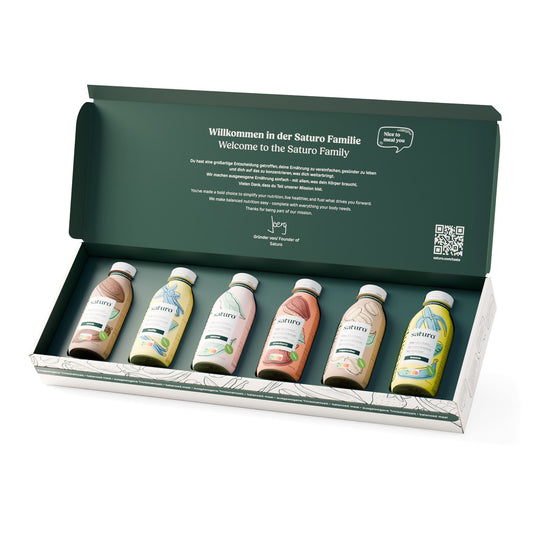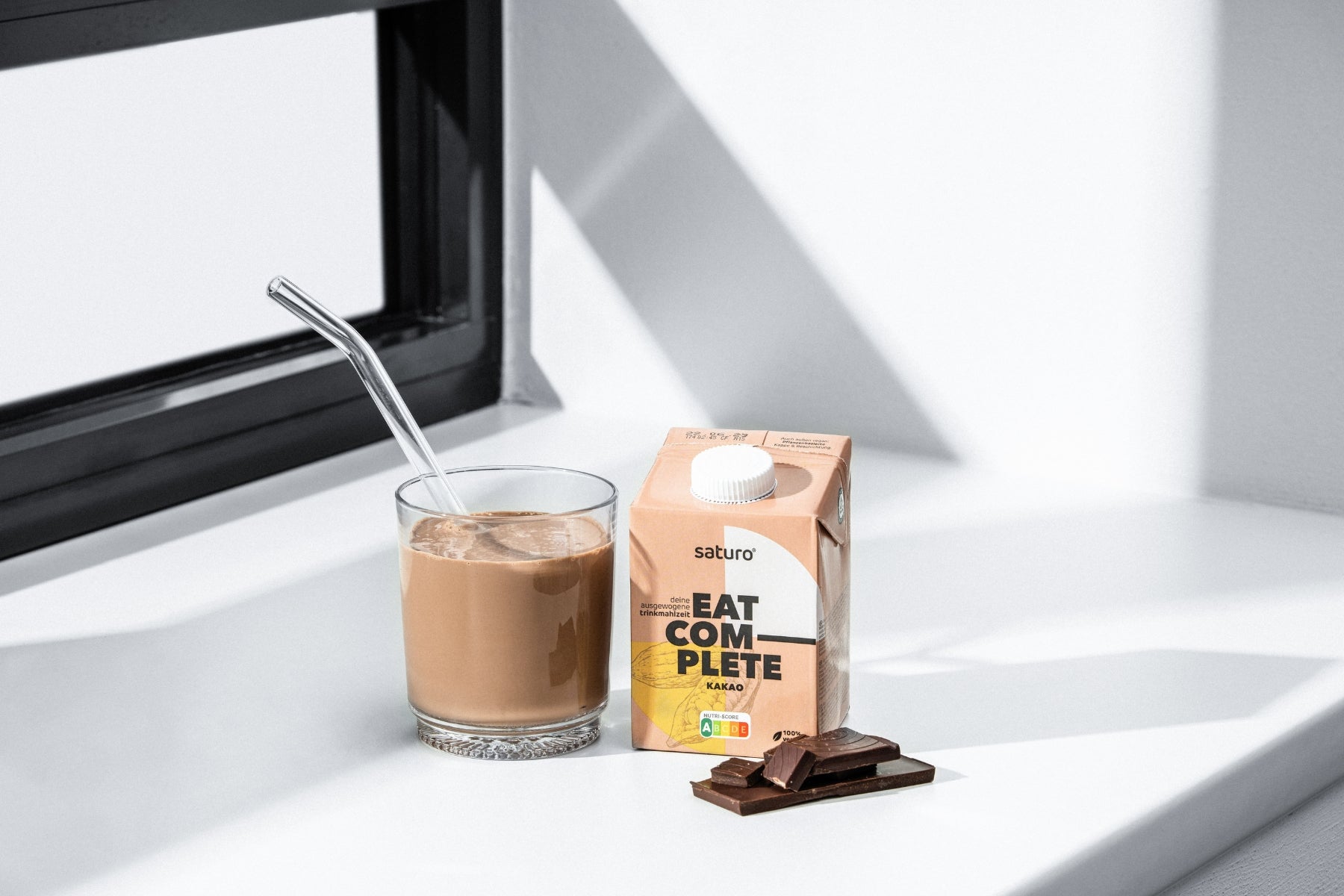1
Co je dna a co s tím má strava společného?
2
Spojení mezi dnou, puriny a kyselinou močovou
Purine: Co děláte v těle
Kyselina močová - demontáž produktu během metabolismu purinu
3
Těmto potravinám mají zakázáno dna
Nápojový stůl pro pacienty s dnou
Fruktóza a strava v dně
Pivo a dna nedělejte spolu!
Jsou čokoláda a banány v pořádku s dnou?
4
Která jídla byste měli konzumovat na dně?
Přirozeně snižová kyselina močová a zelenina s vitamínem C
Třešně proti dně
Dieta pomlčka pomáhá proti dně
Vysoko -kalorické jídlo: možnost v dně?
5
Závěr správné výživy v Gichtu
1
Co je dna a co s tím má strava společného?
2
Spojení mezi dnou, puriny a kyselinou močovou
Purine: Co děláte v těle
Kyselina močová - demontáž produktu během metabolismu purinu
3
Těmto potravinám mají zakázáno dna
Nápojový stůl pro pacienty s dnou
Fruktóza a strava v dně
Pivo a dna nedělejte spolu!
Jsou čokoláda a banány v pořádku s dnou?
4
Která jídla byste měli konzumovat na dně?
Přirozeně snižová kyselina močová a zelenina s vitamínem C
Třešně proti dně
Dieta pomlčka pomáhá proti dně
Vysoko -kalorické jídlo: možnost v dně?
5
Závěr správné výživy v Gichtu
| Getränk | Konsum |
|---|---|
| Bier (auch alkoholfrei) | sehr bedenklich |
| Hochprozentiger Alkohol | sehr bedenklich |
| Zuckerhaltige Limonaden | bedenklich |
| Gesüßte Fruchtsäfte | bedenklich |
| Frisch gepresste Säfte | unbedenklich |
| Milch | unbedenklich |
| Kaffee | erwünscht |
| Tee | erwünscht |
| Wasser | erwünscht |
| Lebensmittel | Vitamin-C-Gehalt pro 100 g |
|---|---|
| Acerola | 1790 mg |
| Sanddorn | 450 mg |
| Hagebutte | 426 mg |
| Brennessel | 330 mg |
| Schwarze Johannisbeeren | 189 mg |
| Petersilie | 159 mg |
| Bärlauch | 150 mg |
| Paprika | 140 mg |
| Brokkoli | 115 mg |
| Rosenkohl | 110 mg |
| Kiwi | 100 mg |
| Zitronen | 53 mg |





